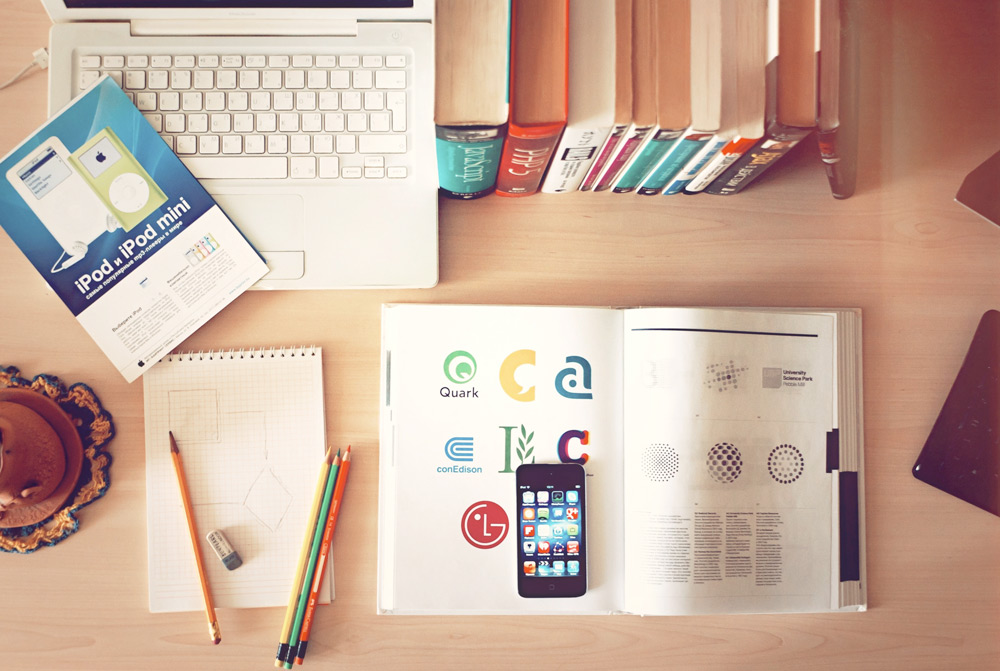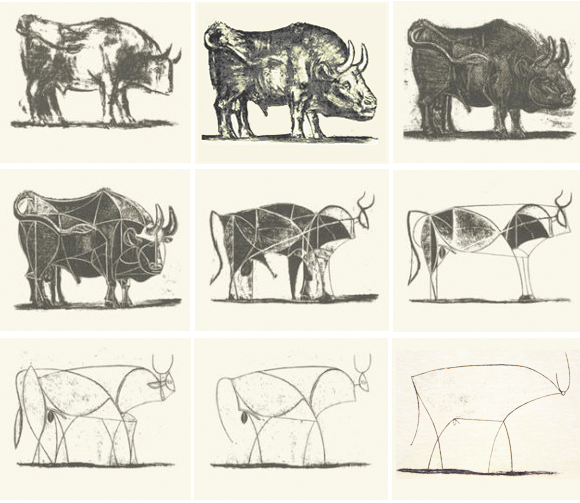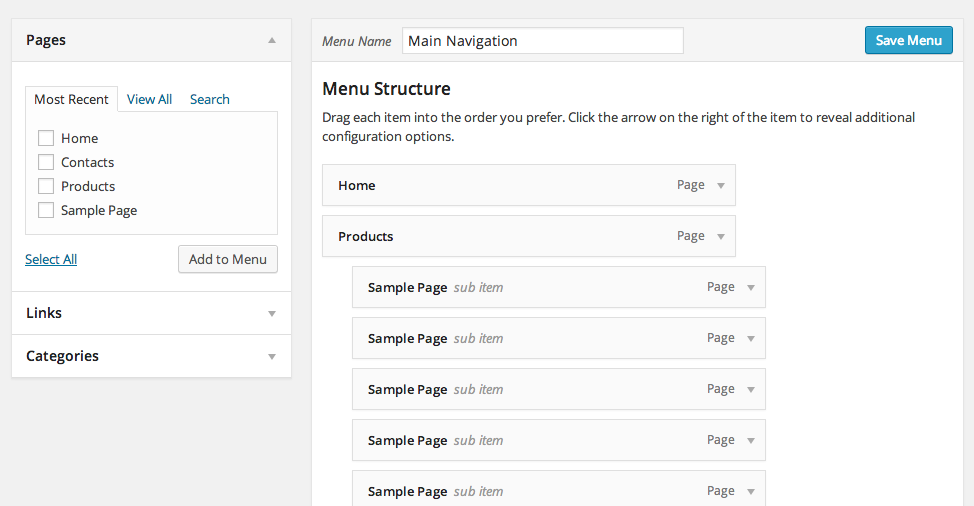Designers, put your hands up! Today, we’re busting the widely held myth of the style, that elusive ‘je ne sais quois’ that creative professionals everywhere dream of achieving.

Yes, it’s good to show everyone that you’re an experienced creative who can put your personal mark on everything you touch, but there’s a dark side to style as well. What is it, you ask? Read on and we’ll find out.
Recommended Reading: Developing Good Taste In Design
Styling The Bull By The Horns
There is a famous etching series by Picasso, in which he drew 12 bulls in 12 different styles. The bulls are arranged side-by-side, and range from ultra-realistic, to ultra-stylized. This classic piece is a very clear example that, in the right hands, any style can be interesting, creative, and fresh.
As designers, we need to keep in mind that style is ever-changing. What might be the latest thing one year will be completely boring to clients and viewers the next. Style is a good thing to have, but you don’t want to become so stuck on one style that you fail to see the overall evolution of design as a whole.
Read Also: How To Keep Your Design Skills Fresh
This applies to all areas of design, from advertising to fashion, and there are numerous examples of designers who, once their famous style had lost its place in the sun, couldn’t find anyone to hire them.
You don’t want to be one of these designers. But at the same time, you don’t want to be a flaky, ineffective designer either, known for switching up their style far too often. The question, then becomes…
How Loyal Should You Be To Your Style?
There are plenty of good reasons to stick with an overall expression of style in your professional work. It identifies your work as yours to potential clients, for one thing. It also allows you to increase your rates for design work as people begin to request your specific style.
But on the downside, once your style is no longer relevant, or becomes a cliché, your client roster will dry up faster than autumn leaves on the ground. There’s nothing that will turn users away faster than a design that looks like last season’s leftovers. Despite controversial opinions on the subject, this is neither good nor bad: it’s simply how we all react to trends and novelty.
As you gain more experience over the years, it unfortunately becomes harder to adapt your style to the changing times. I’m sure you’ve seen work by a designer you used to admire, but who now seems dated and overexposed. What happened? Did their work suddenly become bad? No – it just got, well, stuck.
Getting (And Staying) Un-Stuck
The more you introduce routine to your brain, the more accustomed your brain becomes to doing that one thing, the the more resistant it will be to trying anything new. This is why it’s so hard to break old habits or take up new ones.
Keeping your brain alert with new experimentation in your free time will prevent you from having to start from scratch once your style starts to fade from popularity. I’ve written before about how important it is to have personal projects – it can’t be overstated enough.
Other than reading, personal work is the most important thing you can do for your design career. And the more you experiment and try new things, the more likely it is that you’ll find yourself at the front of the next trend, rather than bringing up the rear.
Try For Timelessness
No matter what the window dressing may look like, the fundamentals of design will never change. Having a solid understanding of composition, color, layout, and typography will carry you through the whims and whirlwinds of style, allowing you to adapt your design expertise to any visual trick clients may be looking for.
It’s impossible to say, of course, what will become timeless over the years, but if you study the classic examples of design, they will almost always have the basics in common. Strong composition, effective type, eye-catching layout, just the right combination of design elements to get the message across to viewers.
Read Also: How To Become A Design Thought Leader
Design is not like art: it’s more objective than subjective. There are certain elements that make a “good” design that we all can see, and if you know what they are, your clients will always trust you to bring them out.
If you remember to keep your brain supple and flexible, and always keep the basics in mind, the idea of having one, unchanging style will start to seem more and more passé.
What Do You Think?
What are your thoughts on style? How important do you think it is to a designer’s career and potential for success?
Related posts:
![]()























No Comments